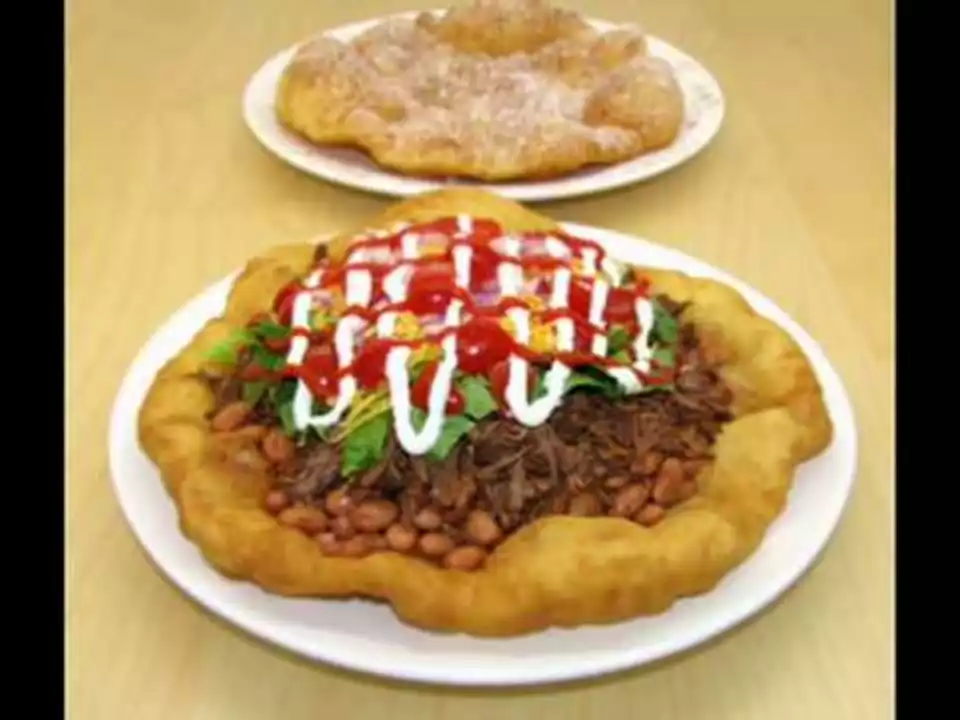Native American Cuisine: A Simple Guide to Traditional Flavors
When you think of Native American food, the first image that pops up is probably a pile of corn, beans, and squash. Those three crops—known as the "Three Sisters"—have fed Indigenous peoples for centuries and still form the backbone of many recipes today. By understanding the basics, you can whip up dishes that taste authentic without needing a history book.
First up, corn. It isn’t just a side; it’s used whole, ground into masa for breads, or fermented into drinks. Next, beans give protein and a creamy texture, while squash adds a sweet, earthy balance. Together they create a complete, nutritious meal that requires no fancy grocery trips.
Core Ingredients and Cooking Techniques
Beyond the Three Sisters, Indigenous chefs rely on wild herbs, berries, and game. Sage, juniper, and wild onion bring bright notes to stews and roasts. Berries like chokecherry or serviceberries add a tangy finish to sauces or desserts. If you can’t find wild foraged items, fresh or frozen alternatives work fine—just keep the flavor profile simple.
Traditional cooking methods are surprisingly straightforward. Open‑fire roasting, stone‑boiling, and earth‑oven baking (think pit cooking) dominate. At home, a cast‑iron skillet or a slow cooker can mimic those techniques. For example, sear meat in a hot pan to get that smoky crust, then finish it low and slow with a broth of water, herbs, and a splash of maple syrup.
Everyday Dishes You Can Make at Home
1. Cornbread with Sage – Mix cornmeal, a little flour, baking powder, milk, and a pinch of dried sage. Bake until the top is golden. The sage lifts the flavor without overpowering the corn.
2. Three Sisters Stew – Cube sweet potatoes, add sliced carrots, corn kernels, and cooked beans. Simmer in vegetable broth, stir in a dash of smoked paprika, and finish with fresh herbs. It’s hearty, nutritious, and ready in under an hour.
3. Bison Chili – Brown ground bison (or substitute lean beef), toss in diced tomatoes, kidney beans, and a blend of chili powder, cumin, and a hint of chocolate. Let it simmer until the meat is tender. The chocolate rounds out the heat, echoing a technique used by many Plains tribes.
These recipes keep the spirit of Indigenous cooking alive: simple, respectful of the land, and full of flavor. You don’t need exotic ingredients—just good quality corn, beans, squash, and a dash of respect for the traditions that created them.
Want to go a step further? Try using a cast‑iron Dutch oven for a mini‑pit experience. Place a layer of coals beneath, add your stew, then cover with more coals. The slow, even heat mimics the earth‑oven and adds a subtle smoky depth that a stovetop can’t match.
Native American cuisine isn’t a lost art; it’s a living tradition that adapts to modern kitchens. By focusing on the core ingredients and honoring the simple cooking methods, you can enjoy authentic flavors any night of the week. So grab some cornmeal, a can of beans, and start cooking—your taste buds will thank you.
What are Indian tacos?
I recently discovered Indian tacos, and I have to share this amazing dish with you all. They're a delicious fusion of Native American frybread topped with various ingredients, often including seasoned ground beef, beans, cheese, lettuce, tomatoes, and sour cream. These hearty and flavorful tacos have a unique twist that makes them stand out from traditional Mexican tacos. I've learned that Indian tacos are a popular dish at powwows, festivals, and gatherings within Native American communities. I can't wait to try making these at home and explore more of this incredible cuisine.
